Whatman
Qualitative Filter Papers-Grade 5: 2.5μm
Availability:
10 in stock
Grade 5: 2.5 μm*
The maximum degree of fine particle filtration in the qualitative range.
Capable of retaining the fine precipitates encountered in chemical analysis.
Slow flow rate.
Excellent clarifying filter for cloudy suspensions and for water and soil analysis.
Also available prepleated as Grade 5V.
Rs.1,507.50 – Rs.5,092.50
Comparecellulose filters are used in qualitative analytical techniques to determine and identify materials.
Prepleated qualitative filters are available, which give improved flow rate and increased loading capacity compared to equivalent flat filters.
| Variation Codes | 1005-090, 1005-110, 1005-125, 1005-185 |
|---|

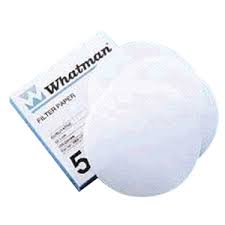
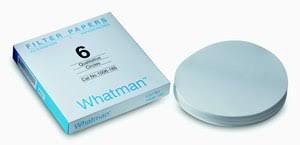
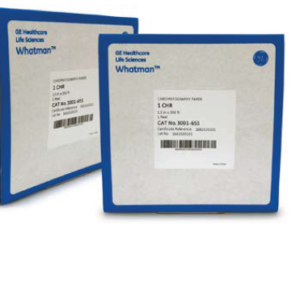
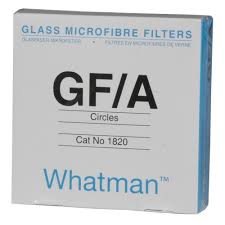
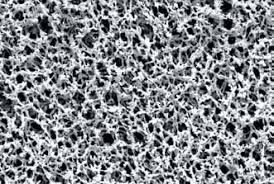
There are no reviews yet.